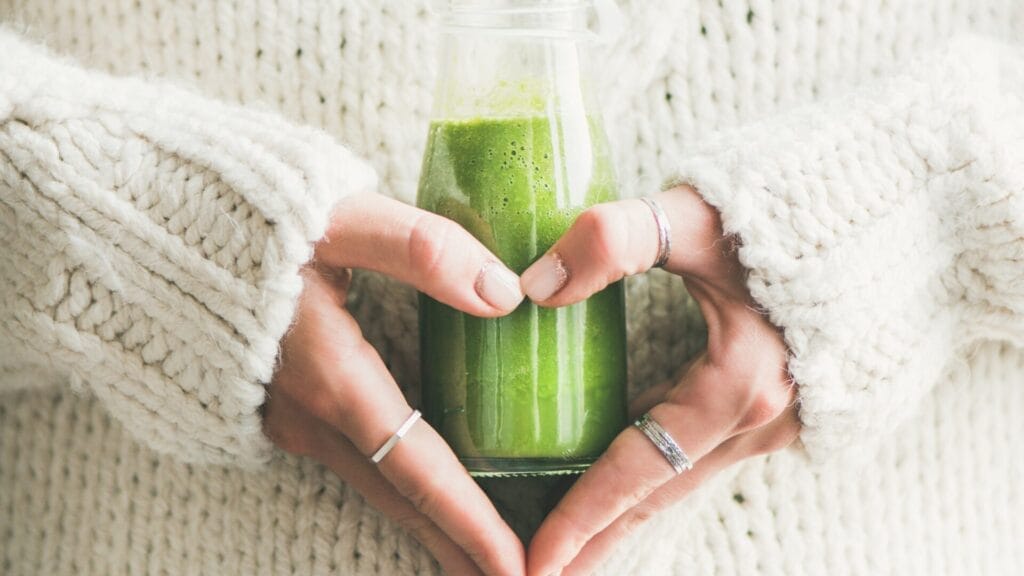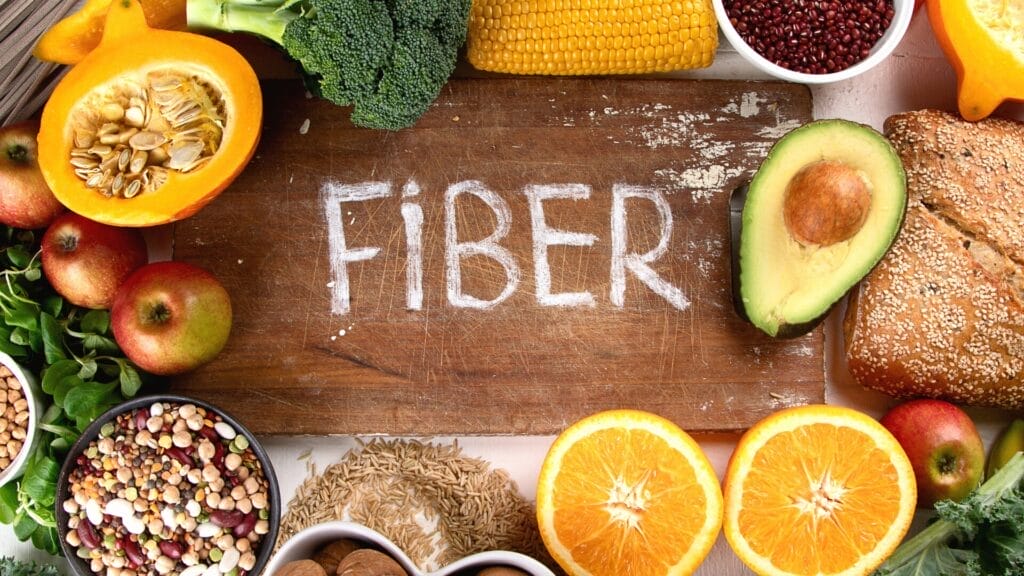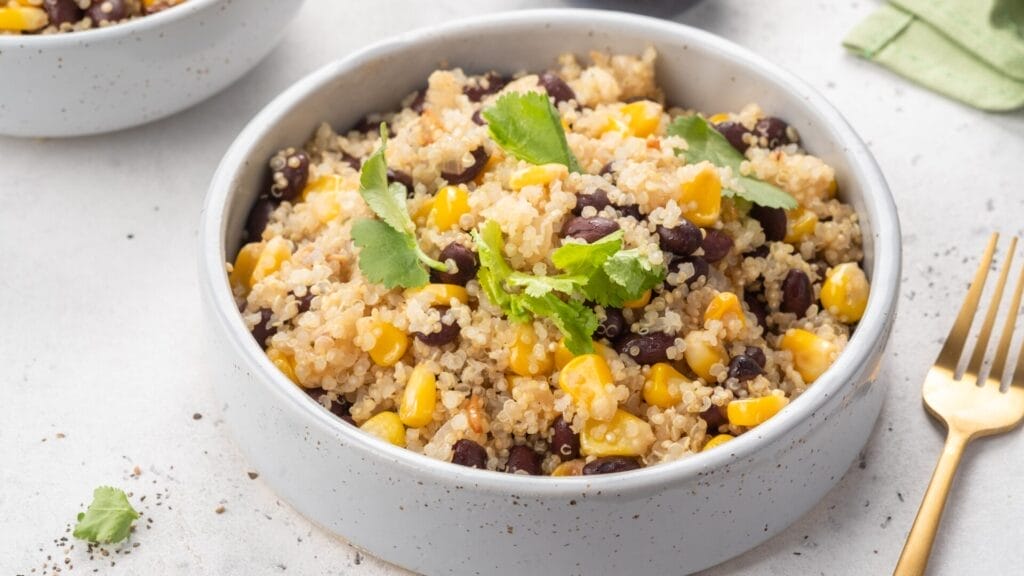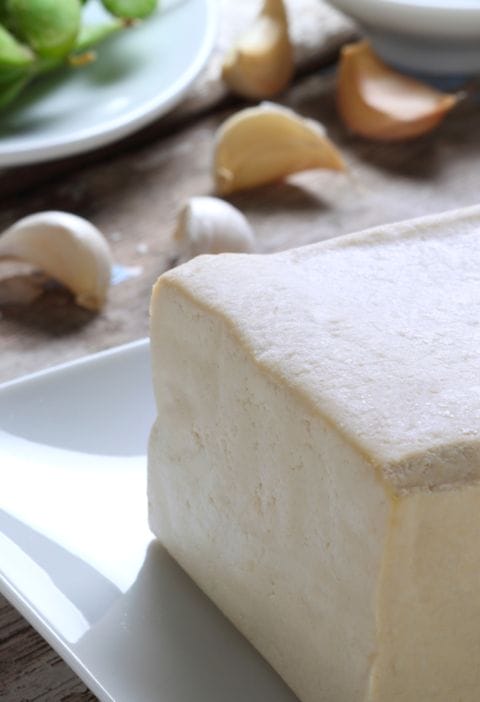Fiber is a crucial component of a healthy diet, yet many people overlook its importance. From improving digestion to aiding weight loss and reducing the risk of chronic diseases, the benefits of fiber offer a plethora of health advantages. In this article, we’ll delve into the various advantages of consuming fiber and provide you with delicious fiber-rich meal ideas to incorporate into your daily routine.
Table of Contents
What is Fiber?
Understanding Dietary Fiber
Dietary fiber, often referred to as roughage or bulk, is the part of plant foods that our bodies cannot digest. Unlike other food components, such as fats, proteins, or carbohydrates, fiber isn’t broken down and absorbed by the body. Instead, it passes relatively intact through the stomach, small intestine, and colon, aiding various bodily functions.
Types of Fiber
Soluble and Insoluble Fiber
Fiber is generally classified into two types: soluble and insoluble.
- Soluble Fiber dissolves in water to form a gel-like substance. It can help lower blood cholesterol and glucose levels. Foods high in soluble fiber include oats, peas, beans, apples, citrus fruits, carrots, and barley.
- Insoluble Fiber promotes the movement of material through your digestive system and increases stool bulk. This type of fiber is beneficial for those who struggle with constipation or irregular stools. Whole-wheat flour, wheat bran, nuts, beans, and vegetables, such as cauliflower, green beans, and potatoes, are good sources of insoluble fiber.
Health Benefits of Eating Fiber
Improves Digestive Health
Regular Bowel Movements
Fiber increases the weight and size of your stool and softens it. A bulky stool is easier to pass, decreasing your chance of constipation. If you have loose, watery stools, fiber may help to solidify the stool because it absorbs water and adds bulk.
Supports Heart Health
Lowers Cholesterol Levels

Soluble fiber found in beans, oats, flaxseed, and oat bran may help lower total blood cholesterol levels by lowering low-density lipoprotein, or “bad,” cholesterol levels. Studies have also shown that high-fiber foods may have other heart-health benefits, such as reducing blood pressure and inflammation.
Aids in Weight Management
Promotes Satiety
High-fiber foods tend to be more filling than low-fiber foods, so you’re likely to eat less and stay satisfied longer. This helps control your weight by reducing your overall calorie intake.
Controls Blood Sugar Levels
Regulates Blood Glucose
For people with diabetes, fiber — particularly soluble fiber — can slow the absorption of sugar and help improve blood sugar levels. A healthy diet that includes insoluble fiber may also reduce the risk of developing type 2 diabetes.
Reduces the Risk of Certain Cancers
Colon Health
A high-fiber diet may lower your risk of developing colorectal cancer. Some types of fiber are fermented in the colon. Researchers are looking at how this might play a role in preventing diseases of the colon.
How Much Fiber Do You Need?
Daily Fiber Intake Recommendations
The Institute of Medicine, which provides science-based advice on matters of medicine and health, gives the following daily fiber intake recommendations for adults:
- Men age 50 or younger: 38 grams
- Men age 51 or older: 30 grams
- Women age 50 or younger: 25 grams
- Women age 51 or older: 21 grams
Top Fiber-Rich Foods
Fruits and Vegetables
Boosting Fiber with Natural Produce
Fruits and vegetables are excellent sources of fiber. Here are some top choices:
- Apples
- Bananas
- Oranges
- Strawberries
- Raspberries
- Carrots
- Beets
- Broccoli
- Spinach

Whole Grains
Choosing the Right Grains
Whole grains are another great source of fiber. Look for:
- Whole wheat bread
- Brown rice
- Barley
- Quinoa
- Oats
Legumes, Nuts, and Seeds
Powerhouses of Fiber
Incorporate more of these into your diet:
- Lentils
- Black beans
- Chickpeas
- Almonds
- Chia seeds
- Flaxseeds
Delicious Fiber-Rich Meal Ideas
Fiber-Packed Breakfast
Overnight Oats with Fruits
Combine oats with almond milk and top with berries and chia seeds for a breakfast that’s high in fiber and delicious.
Fiber-Rich Lunch
Quinoa Salad
Mix quinoa with black beans, corn, and a lime vinaigrette for a nutritious and fiber-filled lunch.

Fiber-Loaded Dinner
Stir-Fried Vegetables with Brown Rice
Sauté a mix of colorful vegetables like bell peppers, broccoli, and carrots, and serve over a bed of brown rice for a wholesome dinner option.
FAQs
What are the benefits of eating fiber?
Eating fiber improves digestion, supports heart health, aids in weight management, controls blood sugar levels, and reduces the risk of certain cancers.
How can I increase my fiber intake?
Incorporate more fruits, vegetables, whole grains, legumes, nuts, and seeds into your diet. Choosing whole foods over processed foods can significantly boost your fiber intake.
Is there a difference between soluble and insoluble fiber?
Yes, soluble fiber dissolves in water and can help lower blood cholesterol and glucose levels. Insoluble fiber promotes bowel health and regularity.
Can eating too much fiber be harmful?
While fiber is beneficial, consuming it in excessive amounts can lead to bloating, gas, and constipation. It’s essential to increase fiber intake gradually and drink plenty of water.
What are some high-fiber snacks?
Great high-fiber snacks include fresh fruits, raw vegetables, whole-grain crackers, and nuts.
Do fiber supplements work as well as fiber from food?
Fiber supplements can help you meet your daily fiber needs, but whole foods provide additional nutrients that supplements may lack.
Conclusion
Incorporating fiber into your diet is a simple yet powerful way to improve your overall health. From better digestion to a reduced risk of chronic diseases, the benefits of eating fiber are numerous. Start adding more fiber-rich foods to your meals today and experience the positive changes they bring to your health and well-being.







